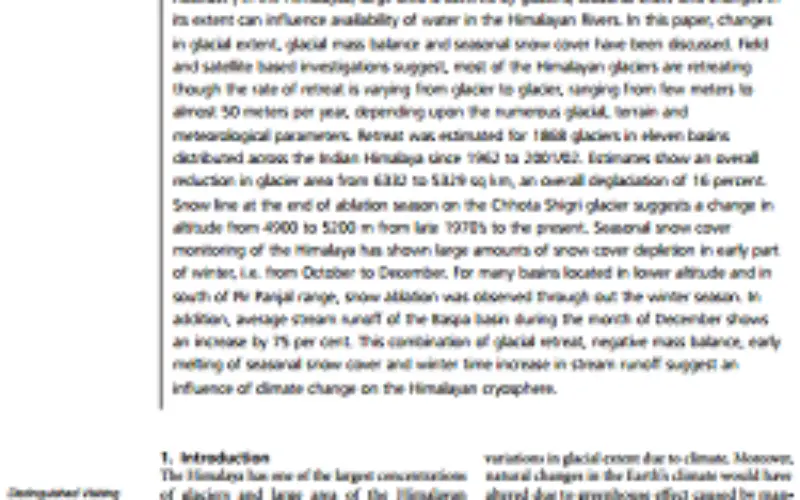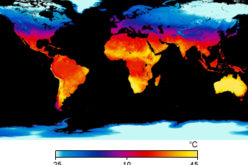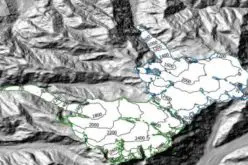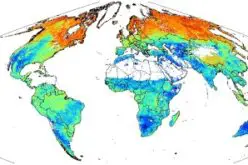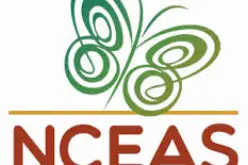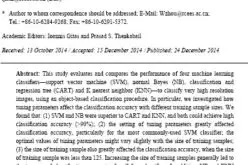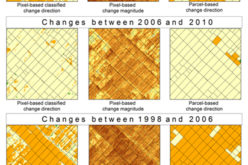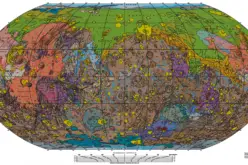Monitoring Himalayan Cryosphere using Remote Sensing Techniques
 Abstract: In the Himalayas, large area is covered by glaciers, seasonal snow and changes in its extent can influence availability of water in the Himalayan Rivers. In this paper, changes in glacial extent, glacial mass balance and seasonal snow cover have been discussed. Field and satellite based investigations suggest, most of the Himalayan glaciers are retreating though the rate of retreat is varying from glacier to glacier, ranging from few meters to almost 50 meters per year, depending upon the numerous glacial, terrain and
Abstract: In the Himalayas, large area is covered by glaciers, seasonal snow and changes in its extent can influence availability of water in the Himalayan Rivers. In this paper, changes in glacial extent, glacial mass balance and seasonal snow cover have been discussed. Field and satellite based investigations suggest, most of the Himalayan glaciers are retreating though the rate of retreat is varying from glacier to glacier, ranging from few meters to almost 50 meters per year, depending upon the numerous glacial, terrain and
meteorological parameters. Retreat was estimated for 1868 glaciers in eleven basins distributed across the Indian Himalaya since 1962 to 2001/02. Estimates show an overall reduction in glacier area from 6332 to 5329 sq km, an overall deglaciation of 16 percent.
Snow line at the end of ablation season on the Chhota Shigri glacier suggests a change in altitude from 4900 to 5200 m from late 1970’s to the present. Seasonal snow cover monitoring of the Himalaya has shown large amounts of snow cover depletion in early part of winter, i.e. from October to December. For many basins located in lower altitude and in south of Pir Panjal range, snow ablation was observed through out the winter season. In addition, average stream runoff of the Baspa basin during the month of December shows
an increase by 75 per cent. This combination of glacial retreat, negative mass balance, early melting of seasonal snow cover and winter time increase in stream runoff suggest an influence of climate change on the Himalayan cryosphere.
Author:

Anil V. Kulkarni is working as Distinguished Visiting Scientist at Divecha Centre for Climate Change, Indian Institute of Science, Bangalore. He has received his M. Tech. in Applied Geology from IIT-Roorkee, MS in Geography from McGill University, Montreal, Canada and Ph. D. from Shivaji University, Kolhapur. He worked at Space Applications Center, Ahmedabad for last 30 years. His research interest are Snow and glacier investigations using remote sensing methods, glacier mass balance modeling, modeling influence of climate change on distribution of Himalayan snow and glacier extent. Snow and glacier melt runoff modeling.


